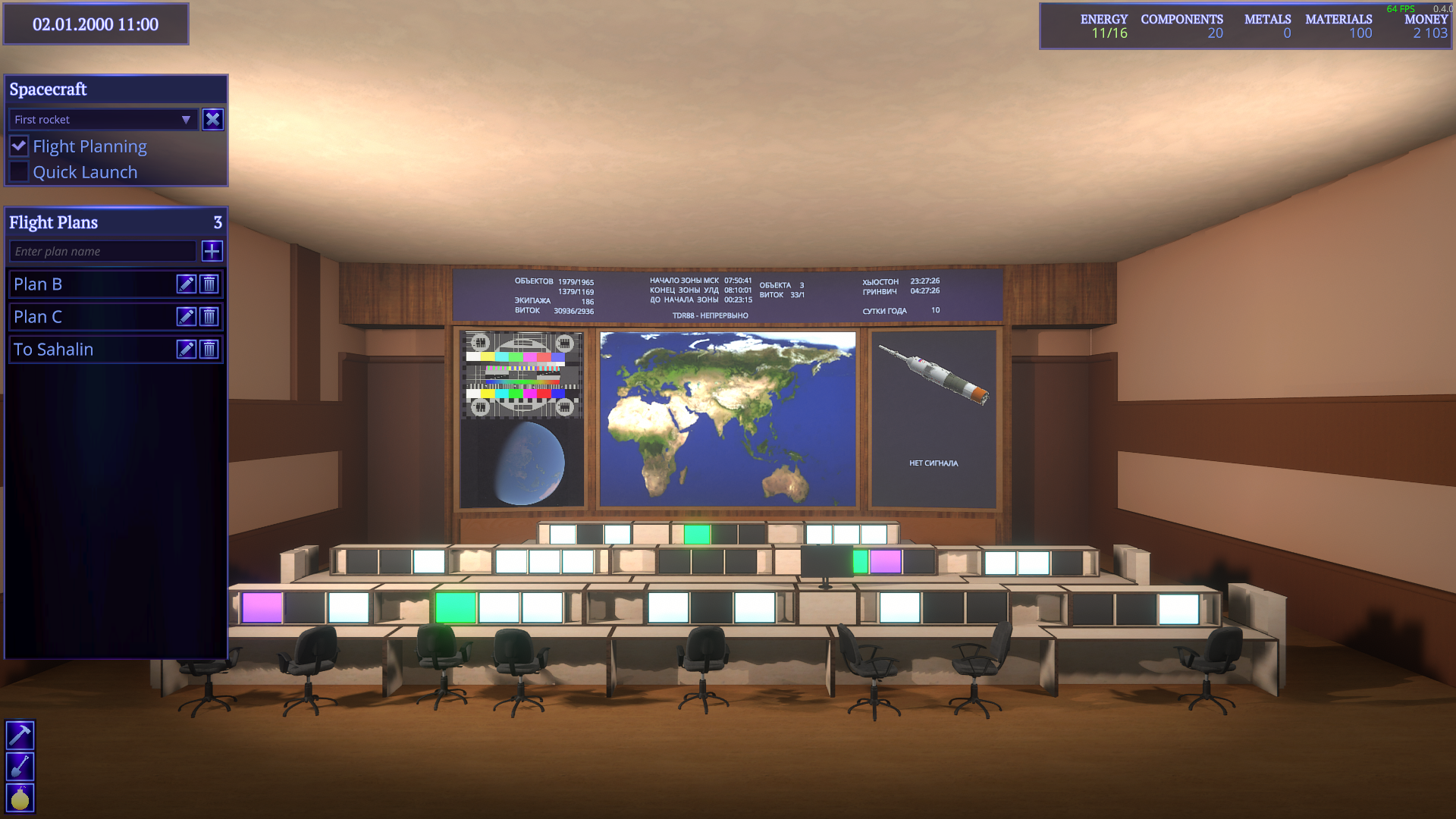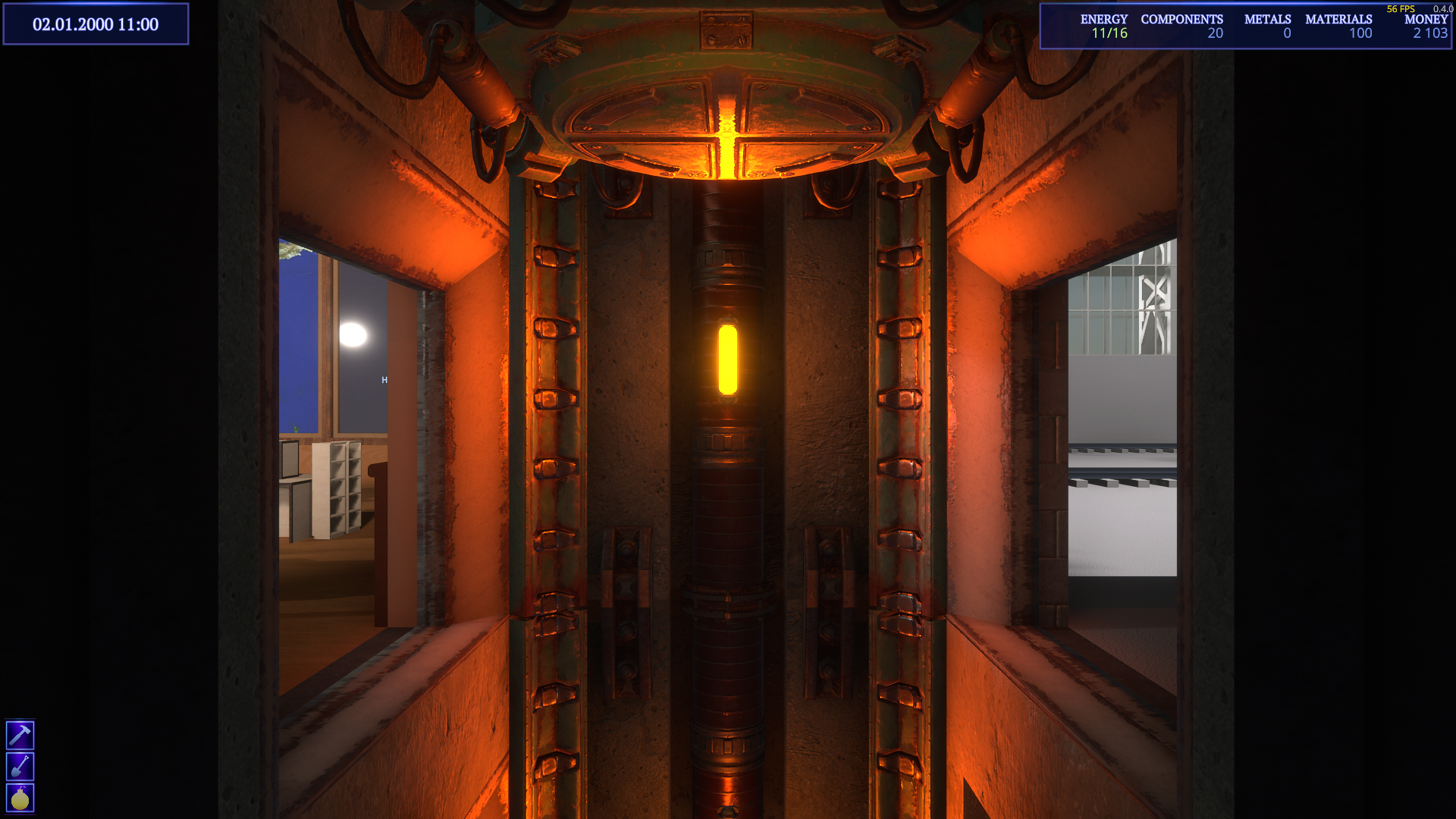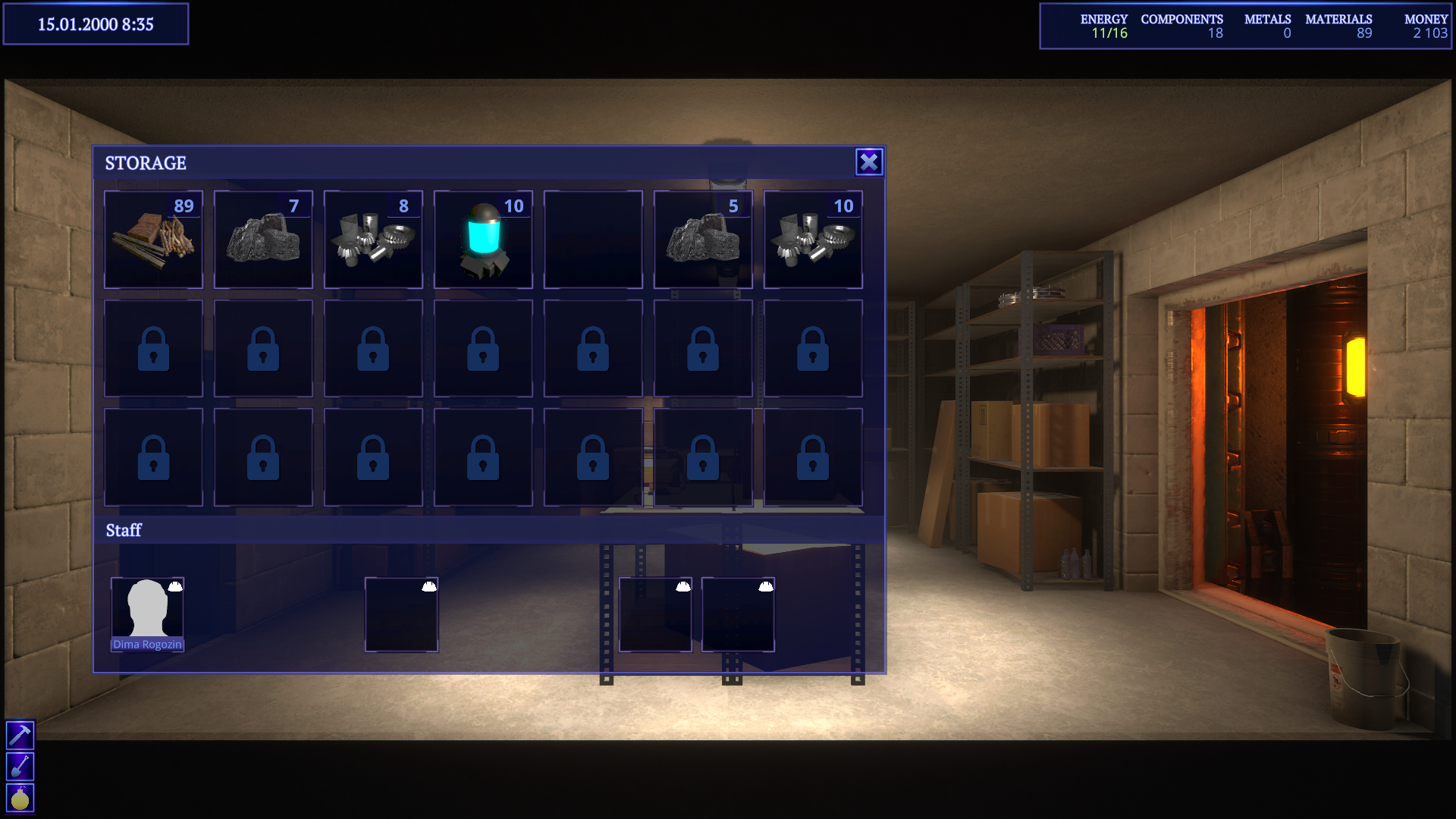October Developer Update
Hello, friends!
This month I made a great progress developing the game. I spent it almost exclusively on physics, implementing things I mentioned it the previous update. And everything worked out almost exactly as I planned and I did even more than I could have imagined. So, without further ado, let’s talk about it.
 Some rockets were hurt while preparing this update
Some rockets were hurt while preparing this update
The only good way to support timeline and time rewind is by representing the spacecraft with one physics body. But since the spacecraft is made by player and consist from different parts with different shapes and masses, I needed a good way to account for it in the simulation. Otherwise, you will immediately feel, that the physics is not correct. I solved it by calculating the forces that affect every part individually and then applying them at the right positions of rocket's body. So, if you will not balance your rocket right, and there is not enough auto stabilization force, it will eventually start flipping to the side with greater mass.
I used USSA equations for the atmosphere model. Since Earth and Solar system are in real scale in the game, the equations was not modified in any way. The only difference is that Earth atmosphere in the game ends at 110 km, where the pressure is so low that it can be neglected. The surface area and dimensionless drag coefficient are pre calculated for each part, which means that the shape of spacecraft will affect it flight characteristics. The approximations I used for calculating drag forces give decent results and have a good performance. But I am open for the better drag models in the future.
This was the hard one. All collisions are handled by PhysX. And there is always a tradeoff between accuracy and performance. If the collisions were solved even a bit incorrectly, spacecraft will be immediately launched with 10x speed of light into abyss, because bodies has huge masses and moving with the high speed in the simulation. One small error and the whole experience will be ruined. But if you increase accuracy too high you will receive a poor performance and angry players. While I found a decent settings for collision solver, I will expose some of them in the game settings, so everyone will have chance to tune the game to their computer capabilities. Here are some funny gifs before I tuned the PhysX and fixed tons of bugs.
 A simple collision with the ground threw a ten-ton rocket, as it was made of plastic
A simple collision with the ground threw a ten-ton rocket, as it was made of plastic
 Here collision between two parts of rocket send both to the orbit of Pluto
Here collision between two parts of rocket send both to the orbit of Pluto
For now the water physics is missing. I wasn't be able to quickly find the good algorithm for that. I could use the same drag model as for atmosphere, but with higher density, but I don’t think this is the only and right solution. So I will continue investigate this topic after release. For now there are two options: every spacecraft will immediately explode on the contact with water. Or it will just ignore the water and fall though it. I like the first option more, because it destroys immersion to a lesser extent.
Also I didn't implemented wings yet, but I will do if I will have time for it.
When I got tired of fixing physics, I switched off to another area of the game. The first one was stars. Initially I used simple texture for it. It was huge (almost 8 Mb with the resolution of 8192 x 4096), but even with that stars looked blurry. Also all of them had the same color which is far from reality.
 Old stars
Old stars
So I implemented own starfield system using the real world star database, which includes more than 110k stars. Every star now uses a color, brightness and position from that database. Even with 65k stars all the data occupied only 2Mb of memory, but you usually don’t need this many. You can see about 6000 stars with your naked eyes. And again I will expose starfield settings, so you can change the stars count. maximum brightness and exposure how you would like. The only thing I am missing now is the Milky Way, But I will make it sooner or later too.
 New stars. It is better to compare both images in full-size in the browser
New stars. It is better to compare both images in full-size in the browser
The second one is the orbit rendering. Initially I used builtin Line Renderer, but it was not good, when the orbit was far enough from the camera.

Well, time to implement custom orbit renderer!
 It is better to compare full-size images here too
It is better to compare full-size images here too
At the end of this month I felt like I created my own game engine for the flight simulation. Almost everything is custom: planet generation, orbital mechanics, drag and gravity, starfield and even my own version of the line renderer. Funny enough, I got around 80 FPS in the flight on my computer (i5-4590 and GeForce 970), where so many different calculations happens. And only 55 FPS in the spaceport, where nothing complicated is going on, just a bunch of objects and light sources.
It’s time to finish this update. I will leave you a gif where you can see the result of all work done in this month. It looks so simple, right? But it was not easy no get there.
 Note: the gif was recorded on 5x time warp
Note: the gif was recorded on 5x time warp
This month I made a great progress developing the game. I spent it almost exclusively on physics, implementing things I mentioned it the previous update. And everything worked out almost exactly as I planned and I did even more than I could have imagined. So, without further ado, let’s talk about it.
 Some rockets were hurt while preparing this update
Some rockets were hurt while preparing this updateRocket physics
The only good way to support timeline and time rewind is by representing the spacecraft with one physics body. But since the spacecraft is made by player and consist from different parts with different shapes and masses, I needed a good way to account for it in the simulation. Otherwise, you will immediately feel, that the physics is not correct. I solved it by calculating the forces that affect every part individually and then applying them at the right positions of rocket's body. So, if you will not balance your rocket right, and there is not enough auto stabilization force, it will eventually start flipping to the side with greater mass.
Aerodynamics
I used USSA equations for the atmosphere model. Since Earth and Solar system are in real scale in the game, the equations was not modified in any way. The only difference is that Earth atmosphere in the game ends at 110 km, where the pressure is so low that it can be neglected. The surface area and dimensionless drag coefficient are pre calculated for each part, which means that the shape of spacecraft will affect it flight characteristics. The approximations I used for calculating drag forces give decent results and have a good performance. But I am open for the better drag models in the future.
Collisions
This was the hard one. All collisions are handled by PhysX. And there is always a tradeoff between accuracy and performance. If the collisions were solved even a bit incorrectly, spacecraft will be immediately launched with 10x speed of light into abyss, because bodies has huge masses and moving with the high speed in the simulation. One small error and the whole experience will be ruined. But if you increase accuracy too high you will receive a poor performance and angry players. While I found a decent settings for collision solver, I will expose some of them in the game settings, so everyone will have chance to tune the game to their computer capabilities. Here are some funny gifs before I tuned the PhysX and fixed tons of bugs.
 A simple collision with the ground threw a ten-ton rocket, as it was made of plastic
A simple collision with the ground threw a ten-ton rocket, as it was made of plastic Here collision between two parts of rocket send both to the orbit of Pluto
Here collision between two parts of rocket send both to the orbit of PlutoWhat else?
For now the water physics is missing. I wasn't be able to quickly find the good algorithm for that. I could use the same drag model as for atmosphere, but with higher density, but I don’t think this is the only and right solution. So I will continue investigate this topic after release. For now there are two options: every spacecraft will immediately explode on the contact with water. Or it will just ignore the water and fall though it. I like the first option more, because it destroys immersion to a lesser extent.
Also I didn't implemented wings yet, but I will do if I will have time for it.
Not only physics
When I got tired of fixing physics, I switched off to another area of the game. The first one was stars. Initially I used simple texture for it. It was huge (almost 8 Mb with the resolution of 8192 x 4096), but even with that stars looked blurry. Also all of them had the same color which is far from reality.
 Old stars
Old starsSo I implemented own starfield system using the real world star database, which includes more than 110k stars. Every star now uses a color, brightness and position from that database. Even with 65k stars all the data occupied only 2Mb of memory, but you usually don’t need this many. You can see about 6000 stars with your naked eyes. And again I will expose starfield settings, so you can change the stars count. maximum brightness and exposure how you would like. The only thing I am missing now is the Milky Way, But I will make it sooner or later too.
 New stars. It is better to compare both images in full-size in the browser
New stars. It is better to compare both images in full-size in the browserThe second one is the orbit rendering. Initially I used builtin Line Renderer, but it was not good, when the orbit was far enough from the camera.

Well, time to implement custom orbit renderer!
 It is better to compare full-size images here too
It is better to compare full-size images here tooAt the end of this month I felt like I created my own game engine for the flight simulation. Almost everything is custom: planet generation, orbital mechanics, drag and gravity, starfield and even my own version of the line renderer. Funny enough, I got around 80 FPS in the flight on my computer (i5-4590 and GeForce 970), where so many different calculations happens. And only 55 FPS in the spaceport, where nothing complicated is going on, just a bunch of objects and light sources.
It’s time to finish this update. I will leave you a gif where you can see the result of all work done in this month. It looks so simple, right? But it was not easy no get there.
 Note: the gif was recorded on 5x time warp
Note: the gif was recorded on 5x time warp Imagine this sphere is actually Earth. Then the size of the area, where spacecraft could flight before shifting the whole world will be less than one pixel!
Imagine this sphere is actually Earth. Then the size of the area, where spacecraft could flight before shifting the whole world will be less than one pixel! Here spacecrafts are far from each other and both simulated in separeted Physics Worlds (big green spheres)
Here spacecrafts are far from each other and both simulated in separeted Physics Worlds (big green spheres) Now they are close and we are moving second spacecraft in the simulation of the first one
Now they are close and we are moving second spacecraft in the simulation of the first one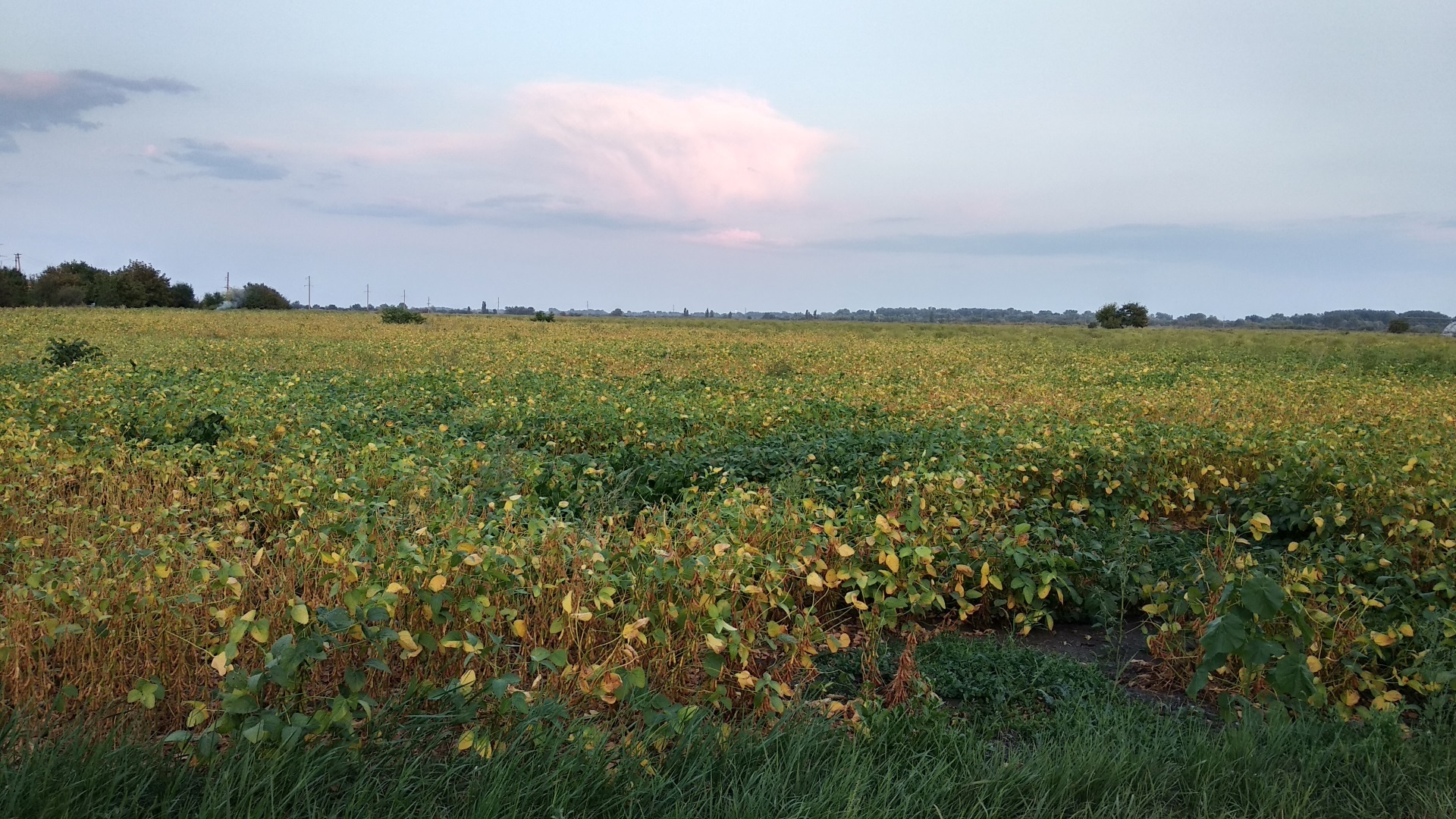 This is also the place to draw inspiration from and get good references for the development
This is also the place to draw inspiration from and get good references for the development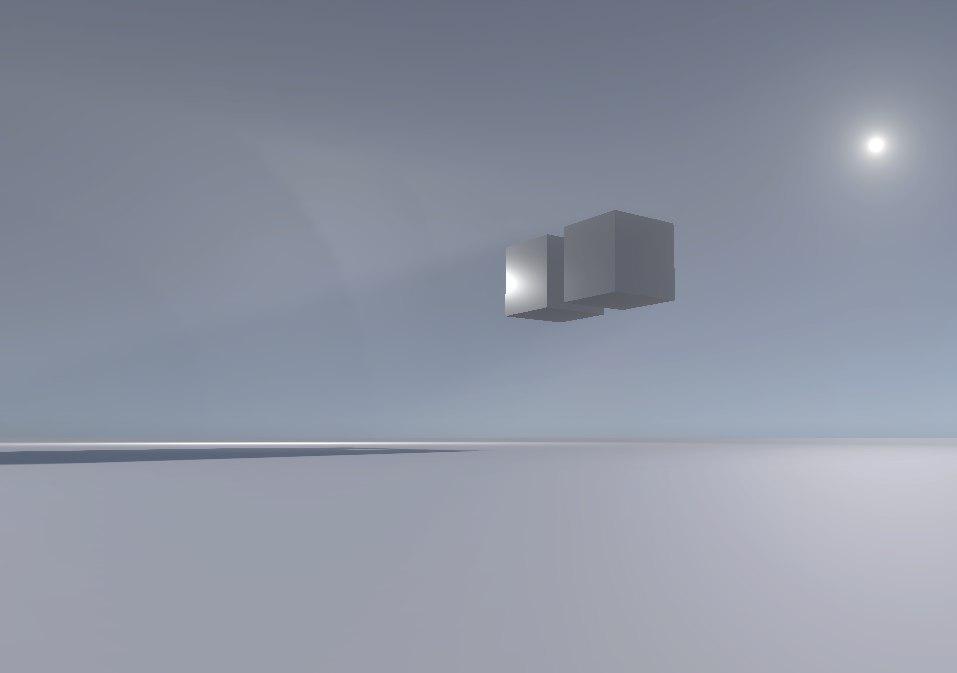 Example of volumetric lightning in HDRP
Example of volumetric lightning in HDRP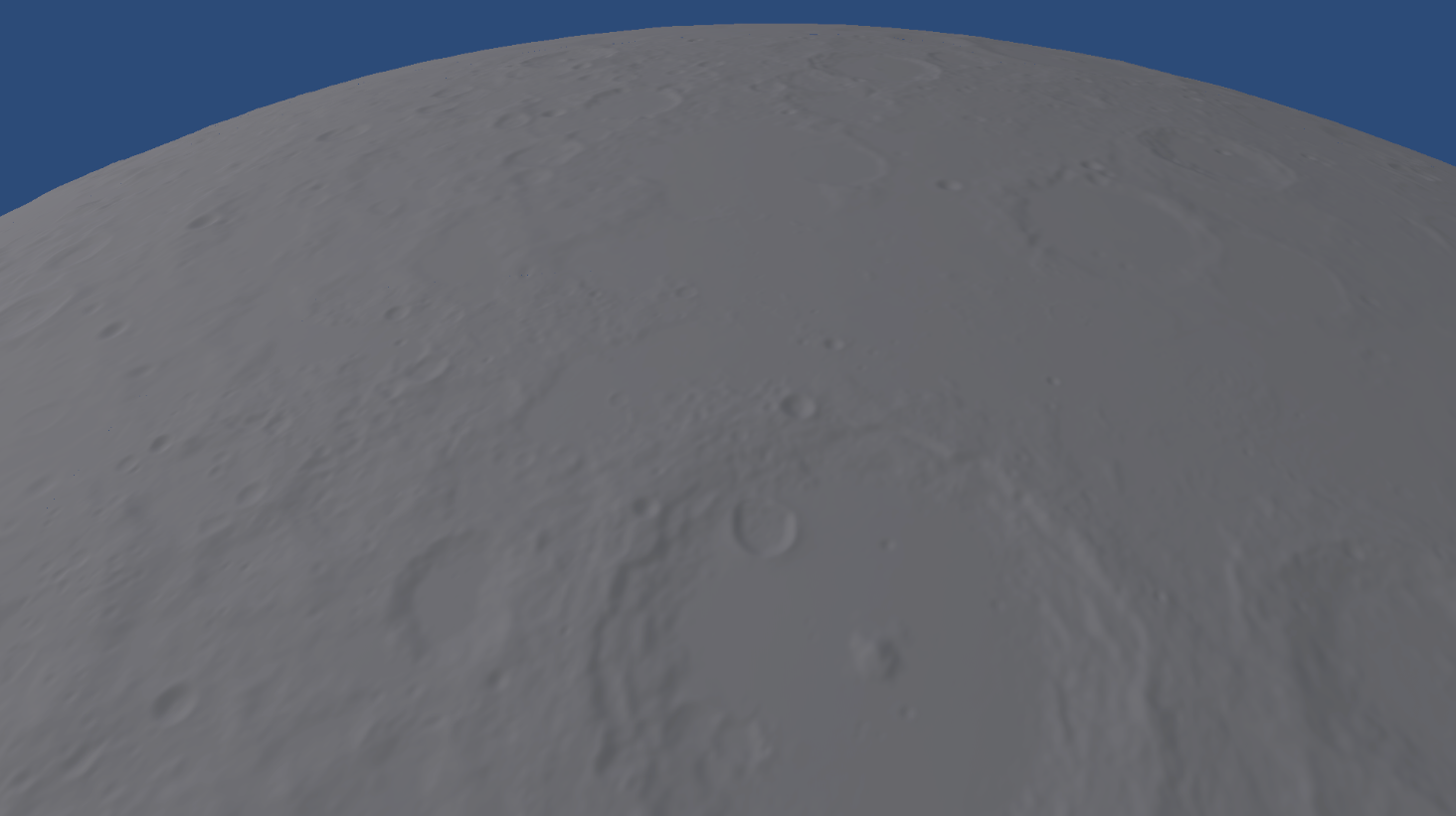 Test scene with the Moon heightmap applied
Test scene with the Moon heightmap applied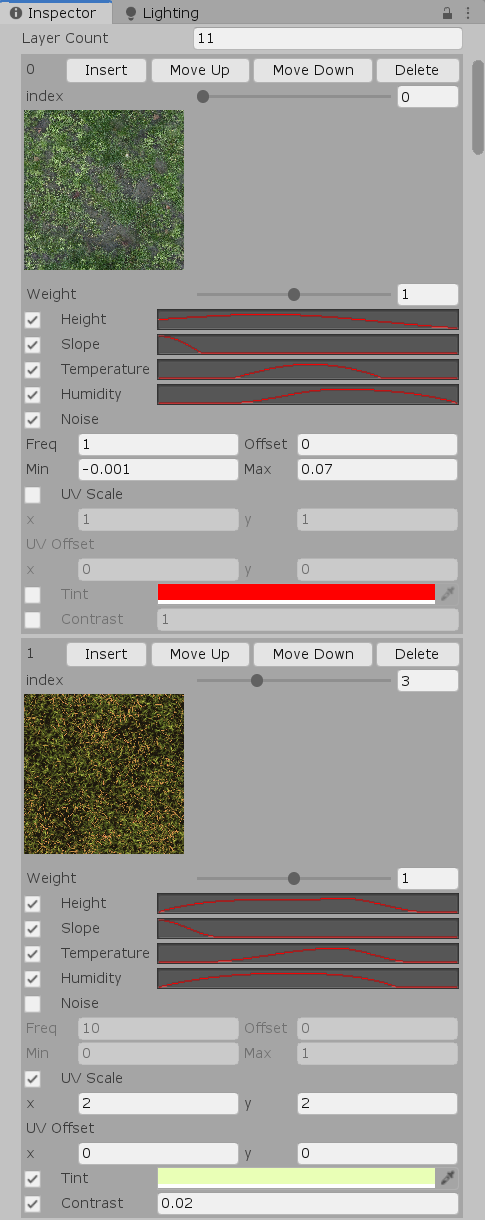 Inspector that I use to configure procedural texturing
Inspector that I use to configure procedural texturing Another test scene with the procedural texturing. Here only three materials are blended together, and there is already no tiling and repetition
Another test scene with the procedural texturing. Here only three materials are blended together, and there is already no tiling and repetition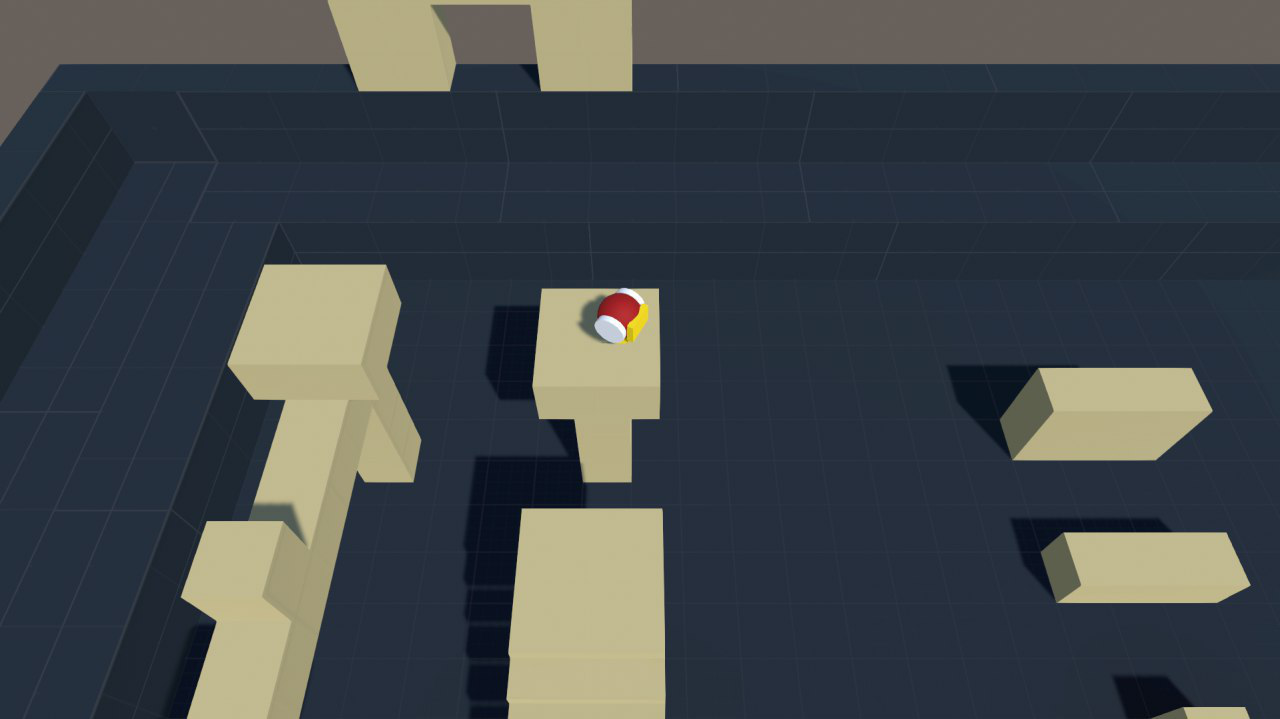 Prototype of the game that I abandoned for HDYLIEM
Prototype of the game that I abandoned for HDYLIEM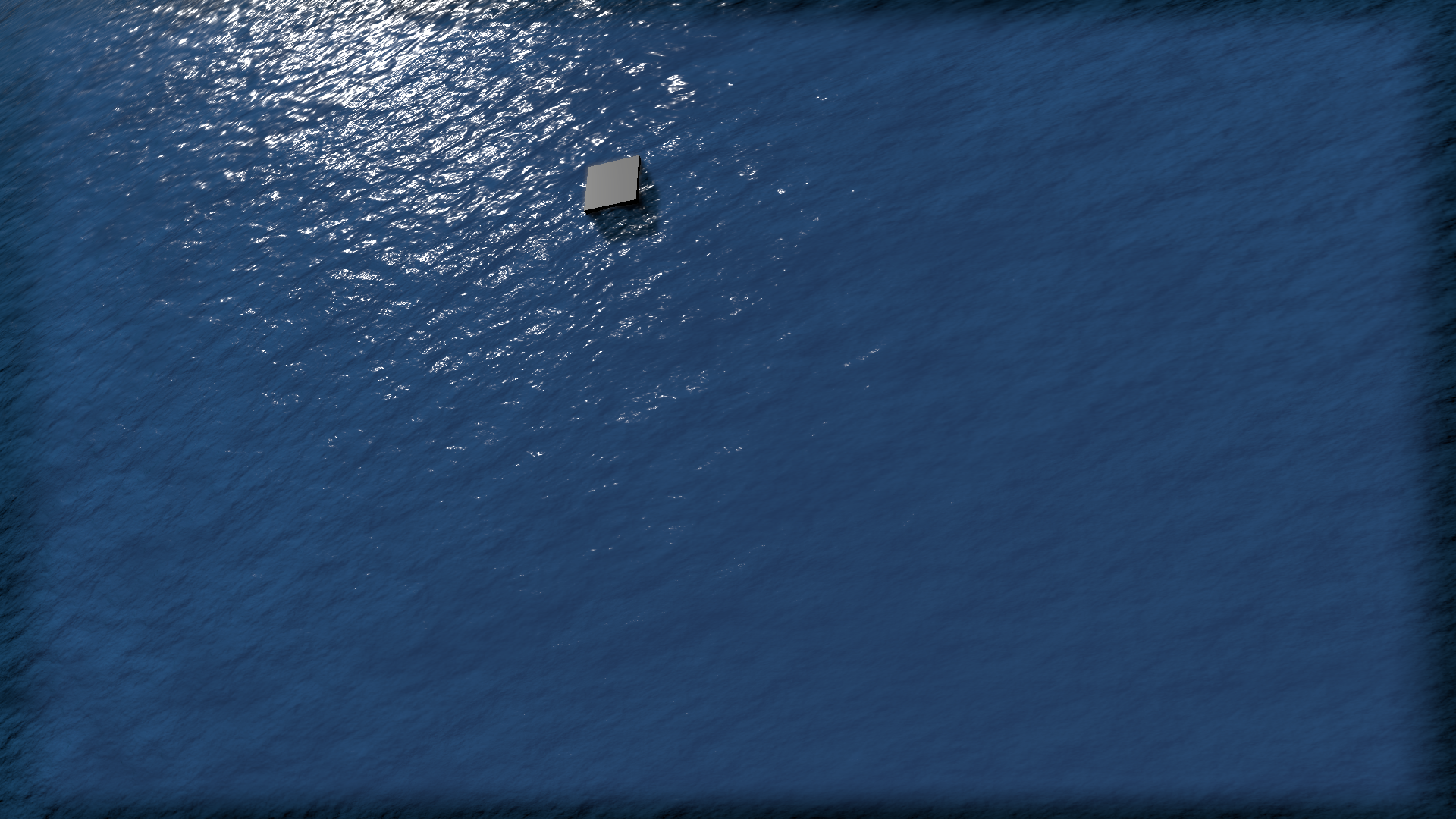 Not great, not terrible
Not great, not terrible Good water is usually 1/3 of the success
Good water is usually 1/3 of the success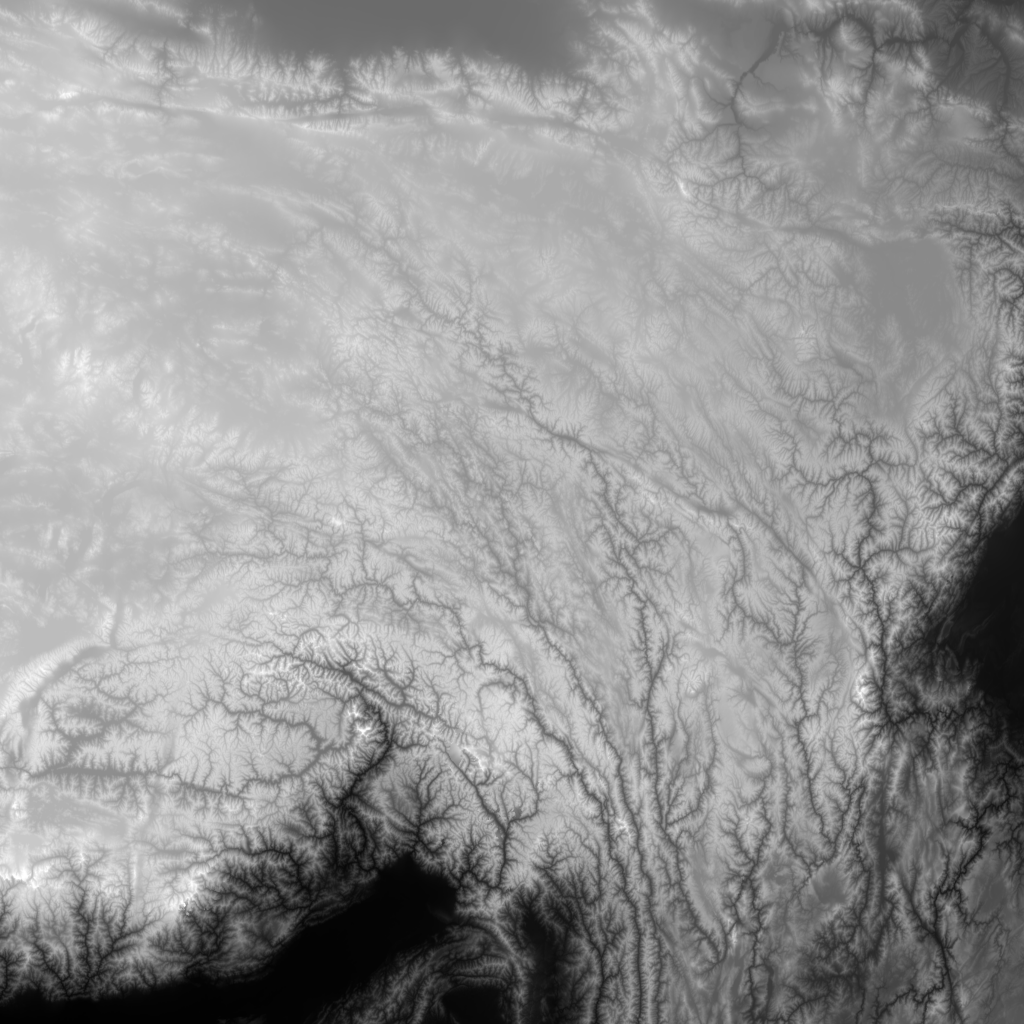 This is the part of heightmap with the Himalayas. You can even see rivers here.
This is the part of heightmap with the Himalayas. You can even see rivers here.